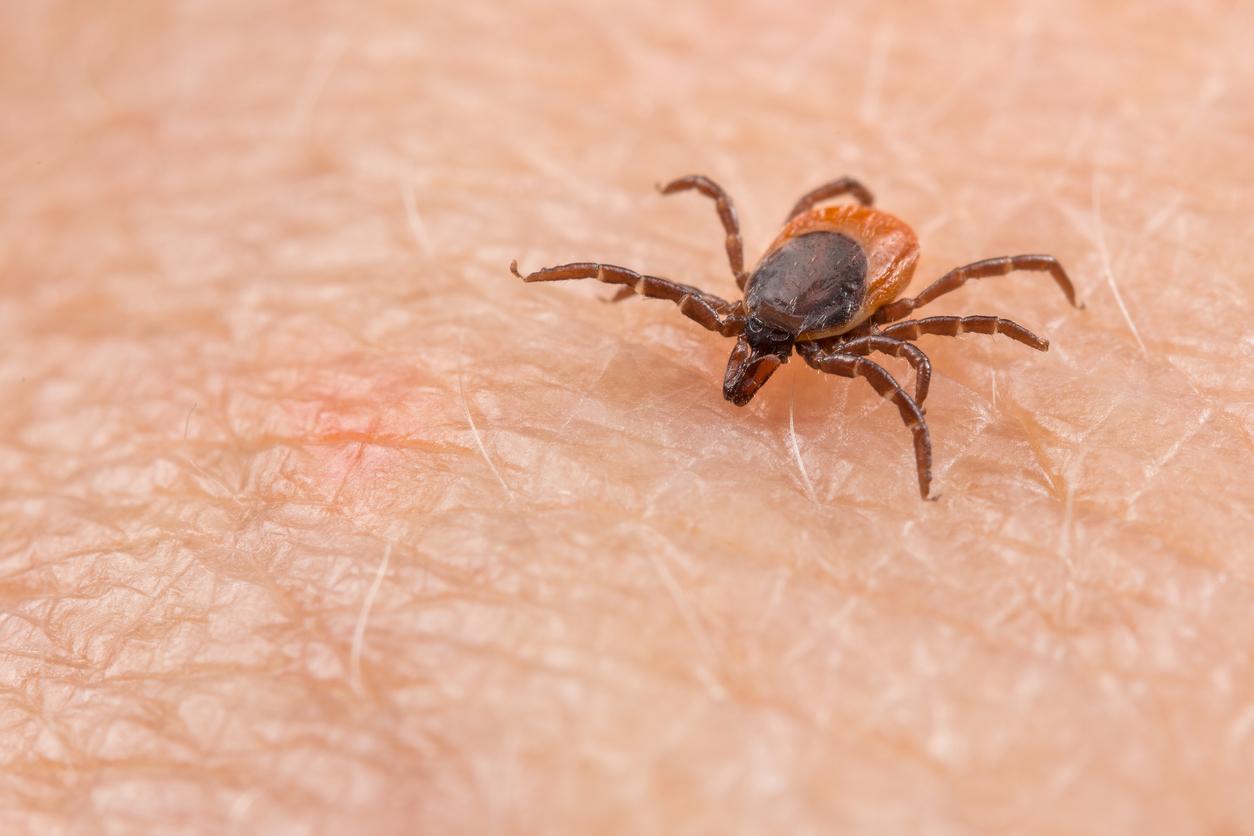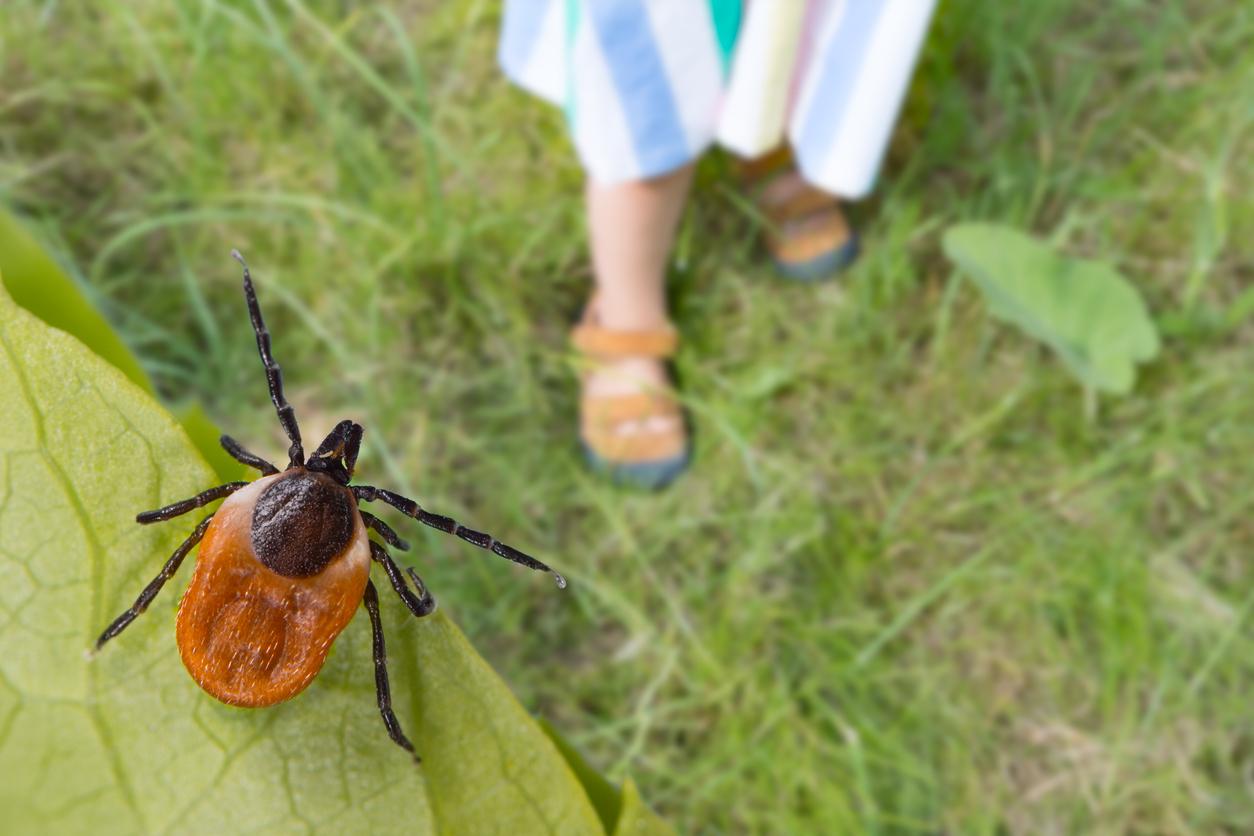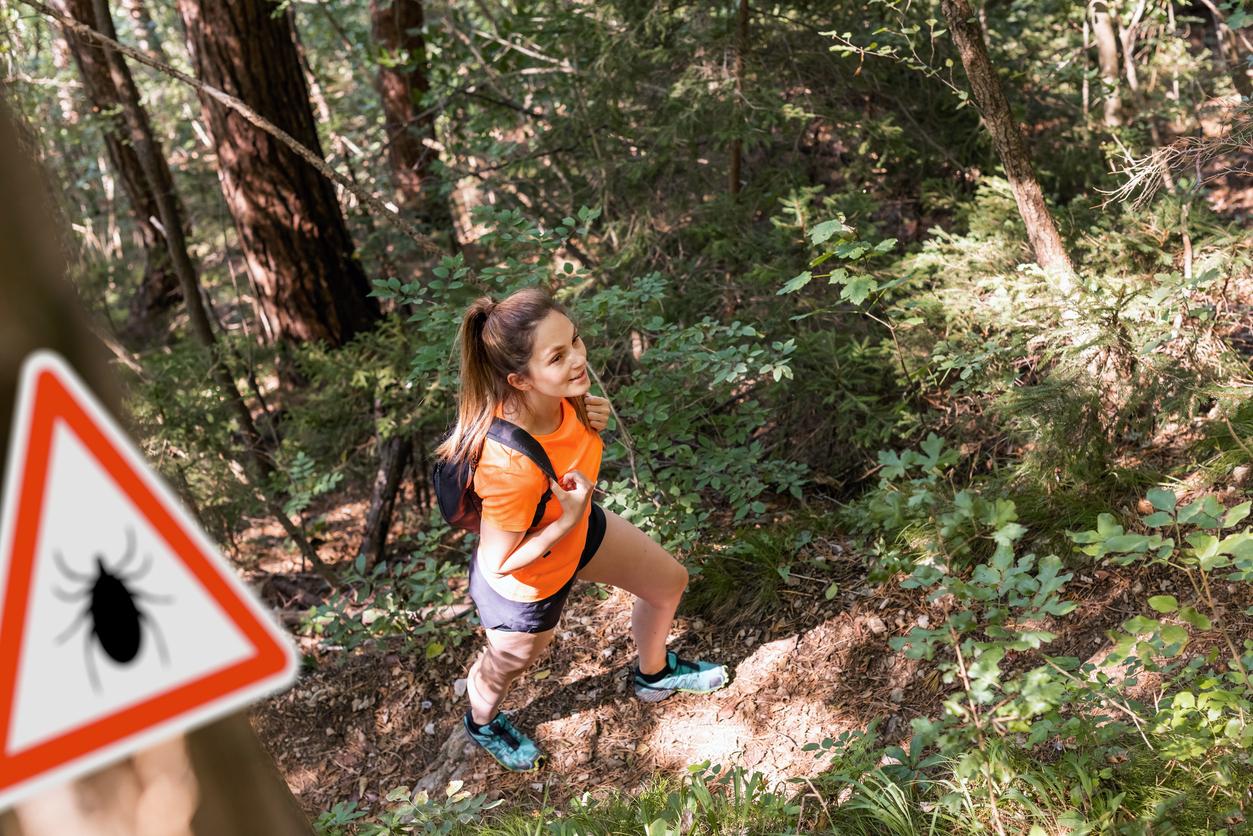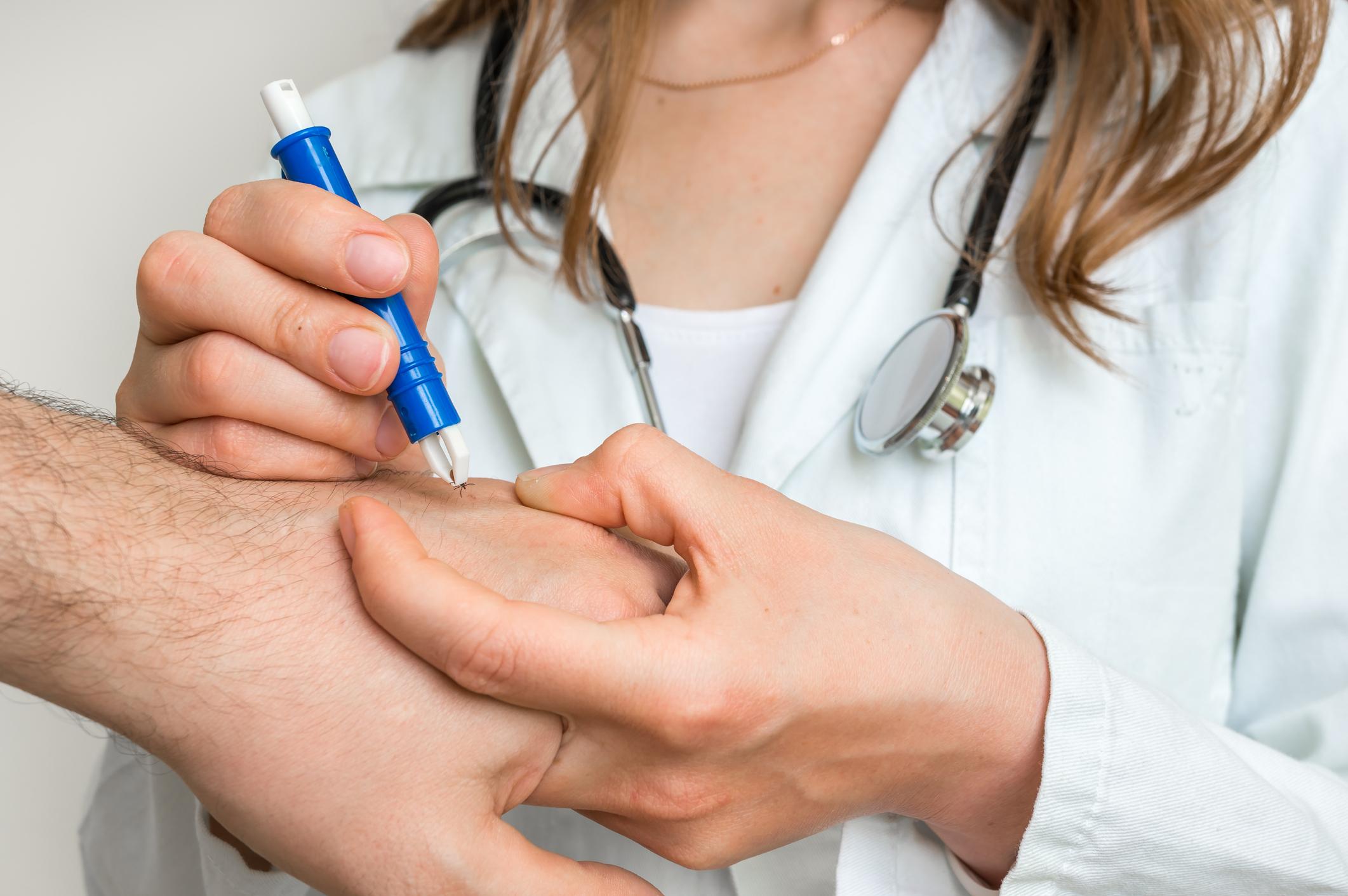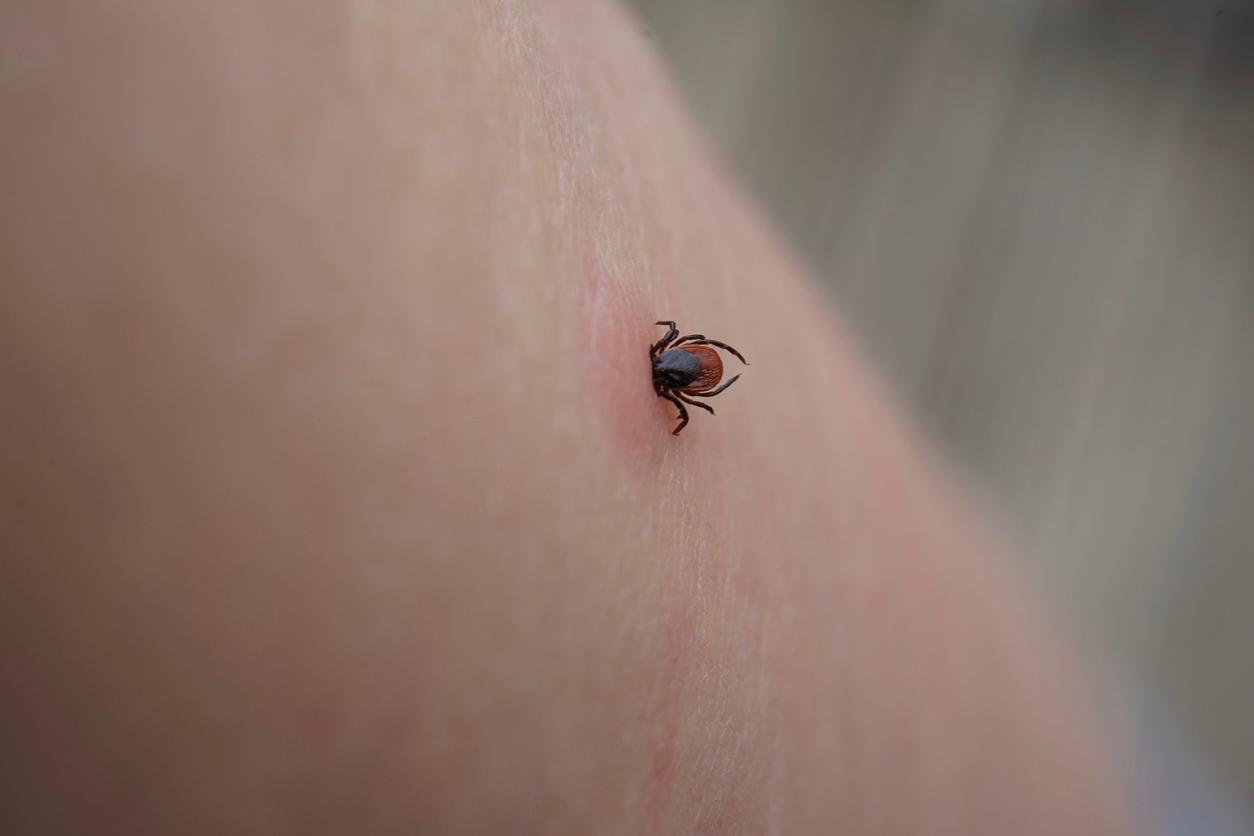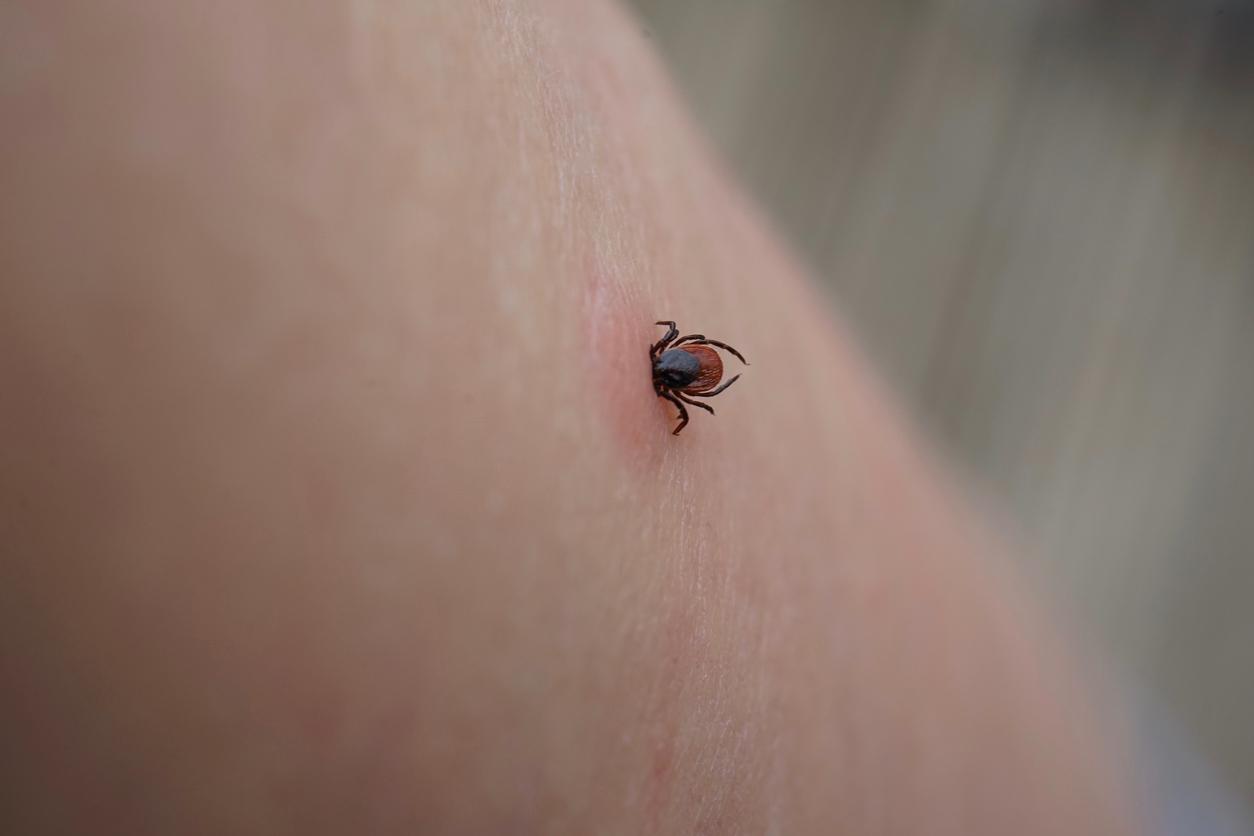Ticks are making a comeback at the start of spring. How to avoid their bites which can be vectors of Lyme disease?
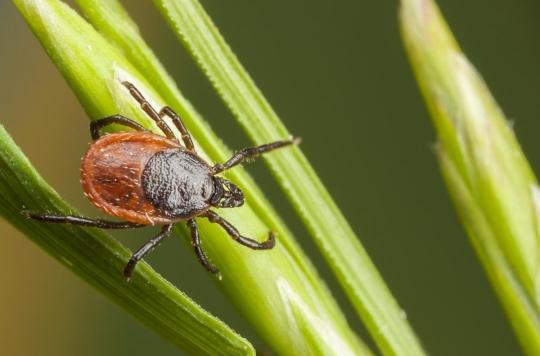
Like every year, the arrival of fine weather encourages ticks to come out of hiding. Lyme disease vectors when infected with the bacteria Borrelia burgdorferi – they are not all, ticks transmit it during a bite to a walker or an animal. Knowing how to protect yourself from these small pests and act quickly in the event of a bite is therefore essential.
What is Lyme disease?
To begin with, Lyme disease is an infectious and bacterial disease transmitted, as we explained to you above, by the bite of an infected tick. She manifests herself after 7 to 14 days by a skin reaction (a red patch) at the very site of the bite which may be accompanied by muscle and joint pain, or even fever. The plaque will then expand, parallel to the healing of the center of the plaque, which will reveal a kind of extending ring, or roundel, called “erythema chronicum migrans”.
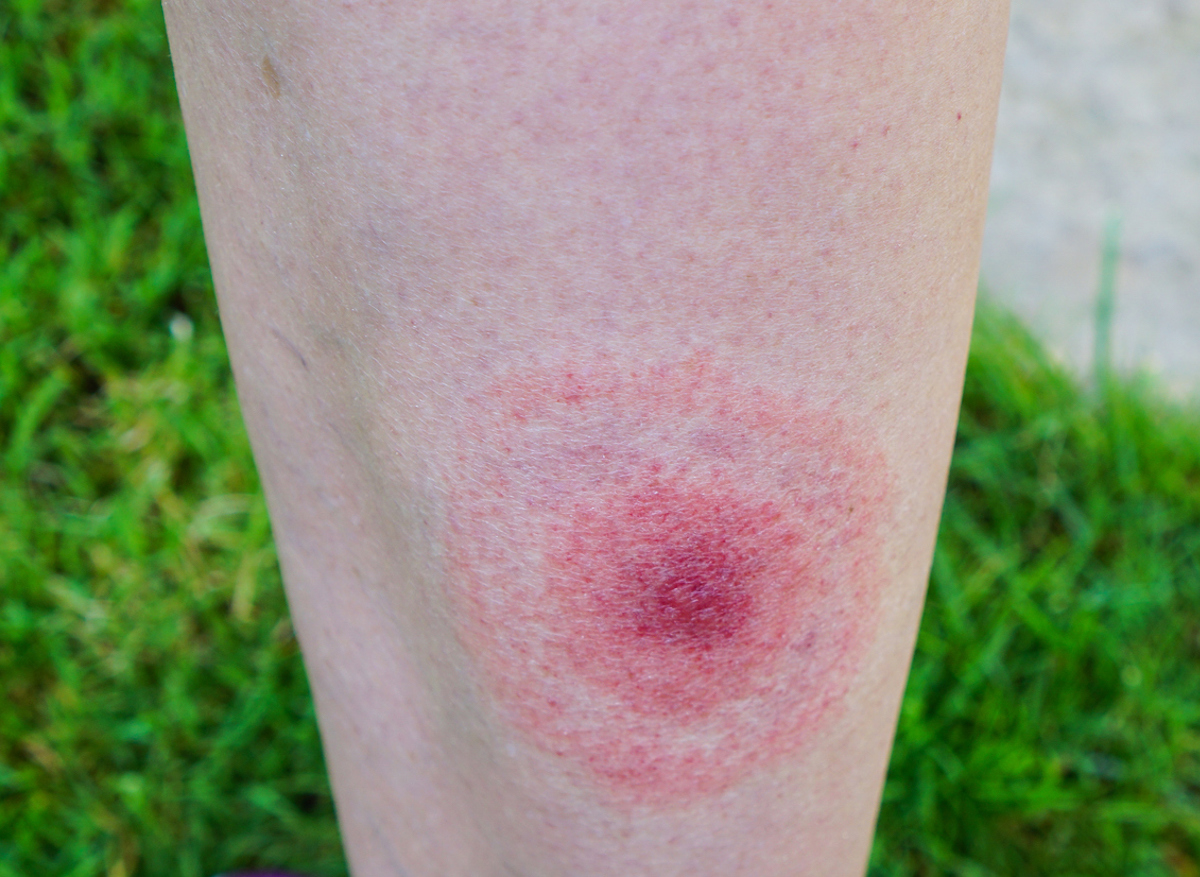
Source: anakopa/istock
In the absence of treatment, progression to the secondary phase is not systematic, but worsens the prognosis: the infection can become chronic and spread from the skin to the whole body. It will then give serious complications which can affect several organs (joints, brain, heart…). “Months to years after the infection may appear tertiary manifestations, joint, cutaneous, neurological, muscular, or cardiac”, recalls the Ministry of Health. “The symptoms are multiple: joint pain, tremors and neurological disorders – memory loss, depressive state”, Eric Oden recently explained to France 3 Nouvelle-Aquitaine.
How to avoid bites?
It is important to protect yourself against tick bites, in particular by wearing light-colored clothing to distinguish them more easily on the fabric, closed shoes, covering your head and tucking your pants into your socks. Beware of tall grass, where they settle to be at the level of walkers and jump on their prey as soon as they are at a good distance. So stay on the cleared paths during your walks in the forest, avoid venturing off the trails. Remember to carefully inspect each person after a risky ride, as well as pets.
Ticks can also proliferate in your garden if the height of the grass allows them. The better it is maintained, the less likely you are to find it. 22% of reports made by citizens via the application Report-Tick relate to bites in gardens. “The 5-9 year olds are a new target: the houses recently built near the forests induce an unprecedented risk for these uninformed children who, becoming independent for the toilet, escape the daily inspection of their parents”, explains Sandrine Capizzi, parasitologist at the Faculty of Nancy, on the site The Conversation.
What to do if bitten ?
If you have been bitten, it is urgent to quickly remove the tick, if possible within 12 to 36 hours of the bite. A tick remover (sold in pharmacies) is essential to remove it by grasping it in the direction of the axis of its body (in order to remove the whole body and not to leave the head) and by rotating it in the direction counter clockwise. “European and clinical experimental data have shown that the risk of transmission of borreliosis is real from 24 hours of attachment. It is maximum from 72 hours of fixation of the tick”, specifies Sandrine Capizzi. Hence the importance of acting quickly.
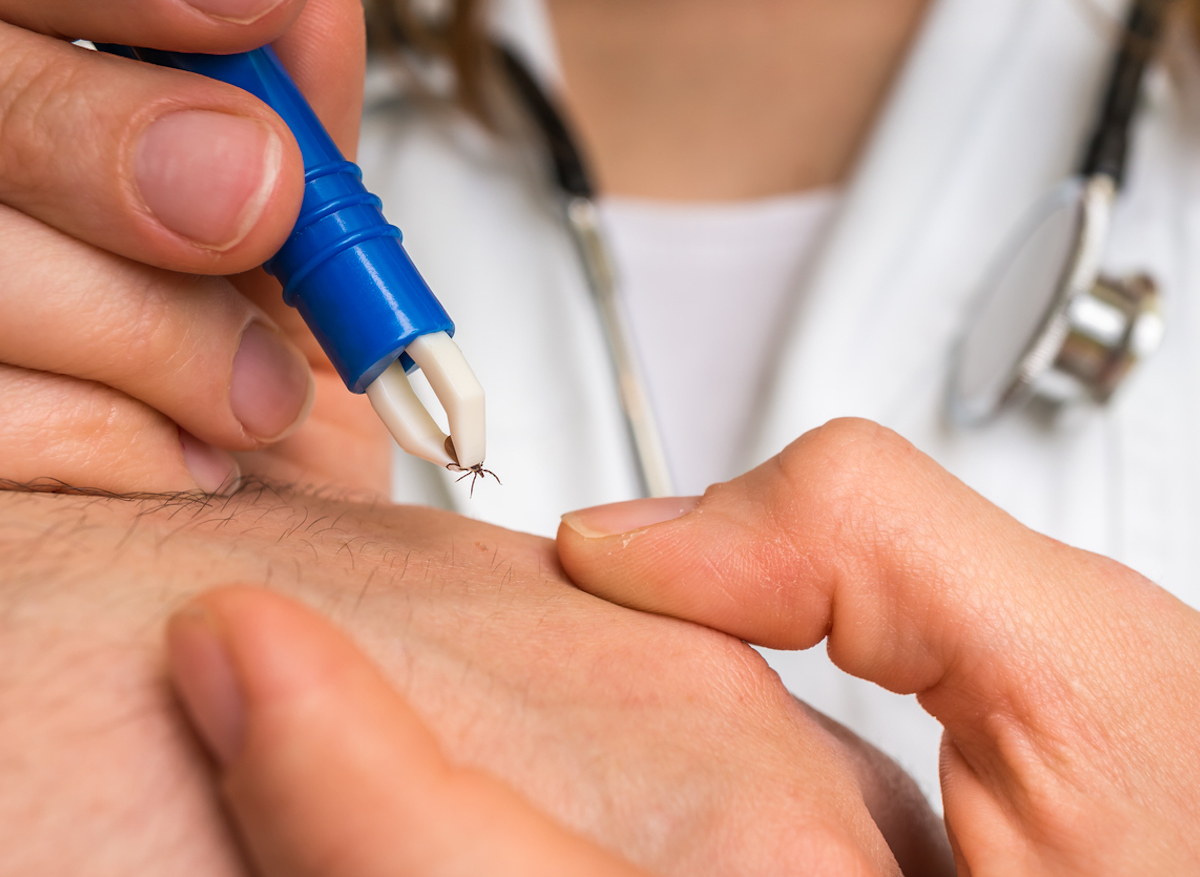
Source: andriano_cz/istock
80% of those who think they have it, don’t have Lyme disease
Last September, a study led by Professor Éric Caumes sounded the alarm about the problems of over-diagnosis of Lyme disease. Nearly 80% of the antibiotic treatments prescribed would in fact be totally useless. “Patients were coming into my office with prescriptions for antibiotics that have been going on for several years with zero benefit and lots of adverse effects. It was total rubbish. There was even one who had a prescription with 24 medication to take per day”, he explained to us in an interview.
He thus discovered that only 9.6% of his patients had Lyme disease. The others suffered from rheumatological or muscular diseases (19%), neurological diseases (15.2%) or other diseases (33.7%) including a significant number of sleep apnea syndrome. Two medical opinions are worth better than one.
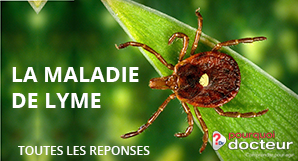
.









